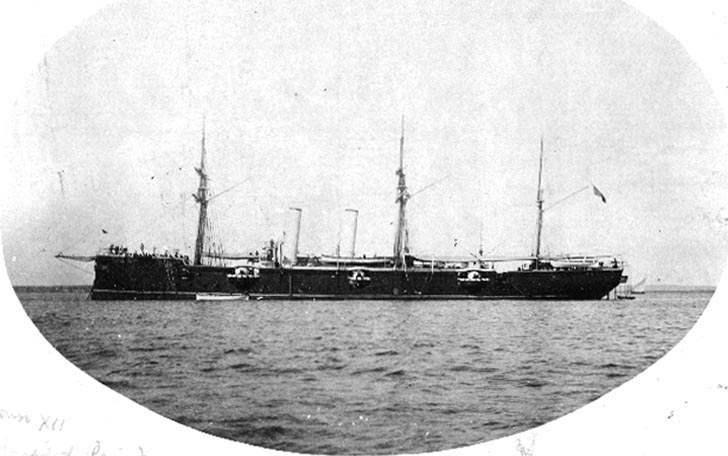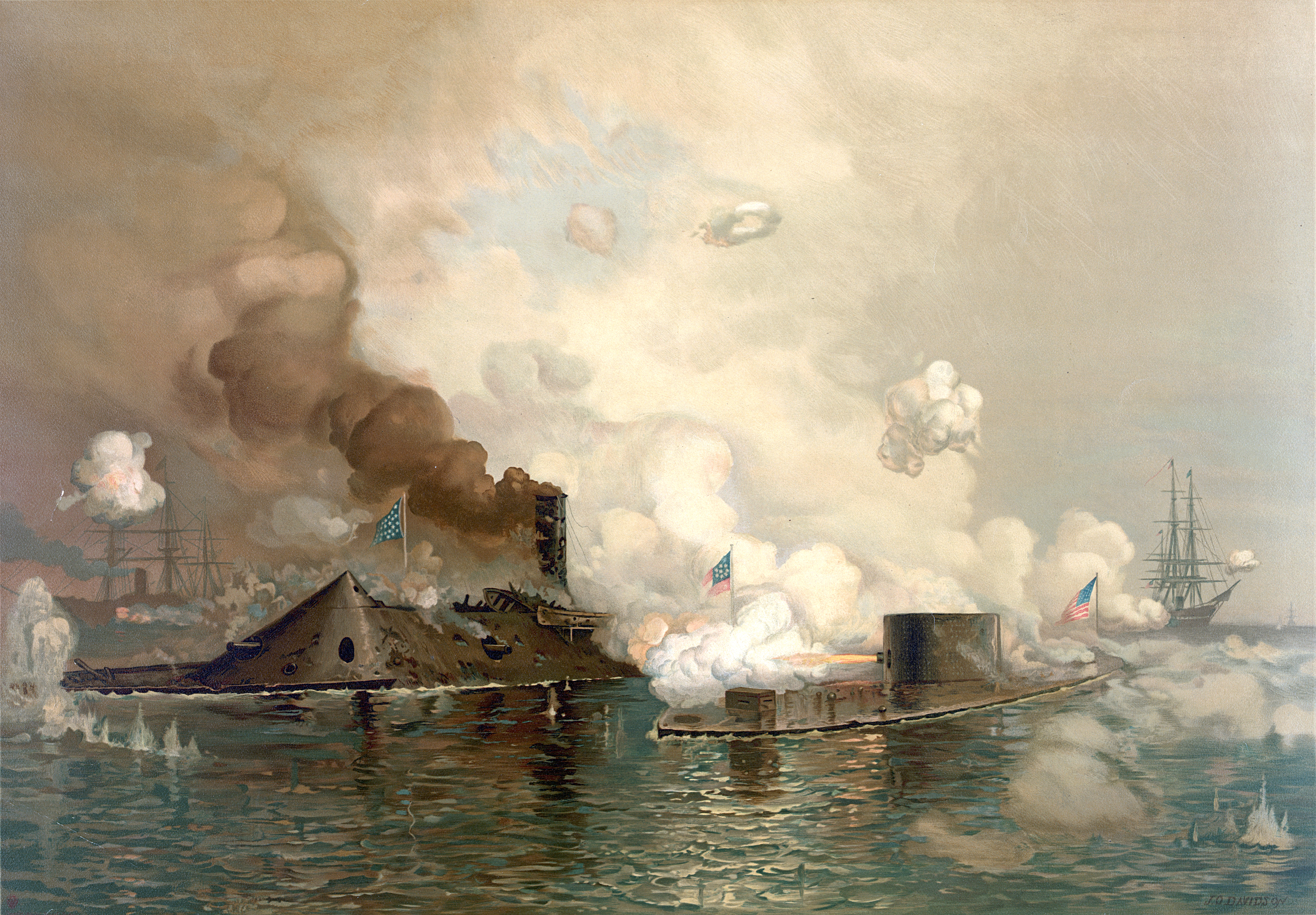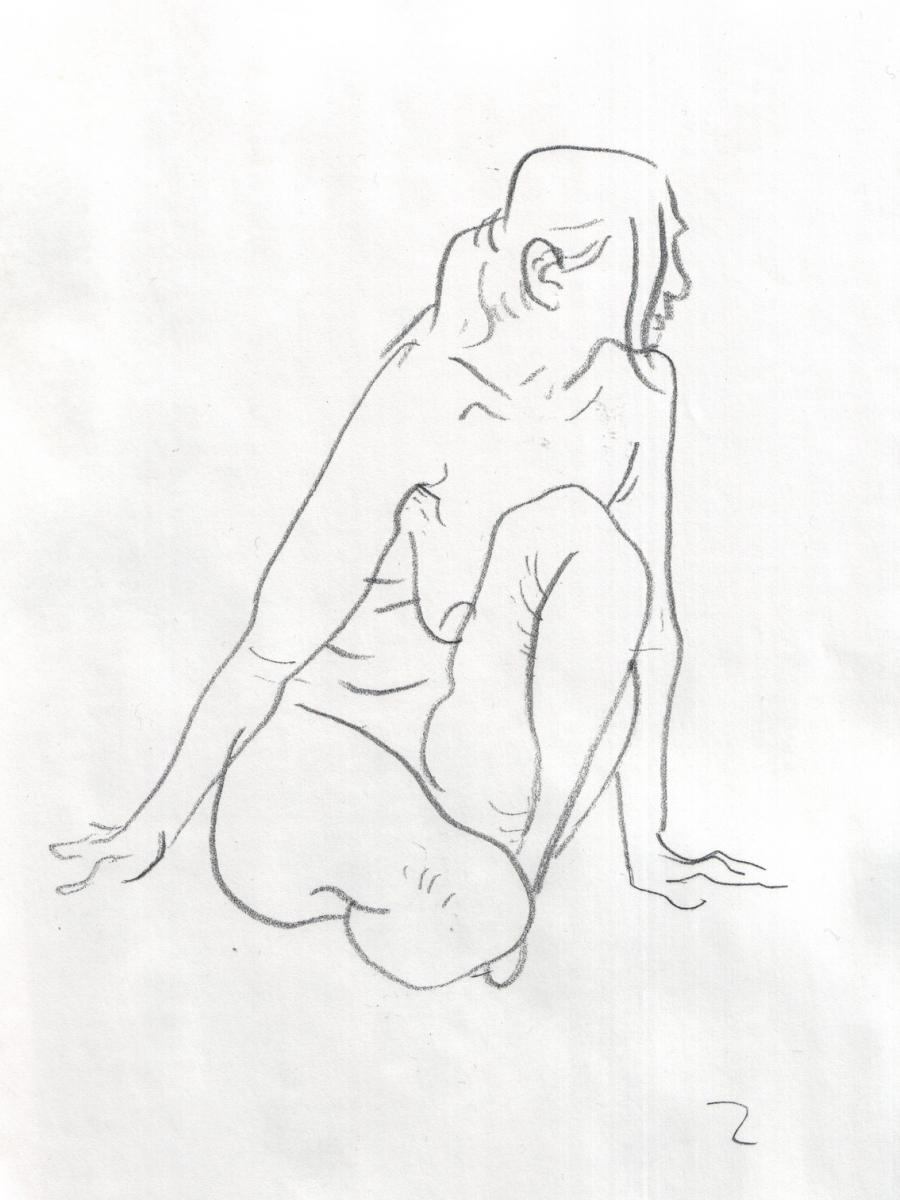|
Rif War (1893)
The First Melillan Campaign, also called the Melilla War or the Margallo War (after Juan García y Margallo, the Spanish governor of Melilla whose defeat and death infuriated the Spanish public) in Spain, was a conflict between Spain and the Riffian tribes of northeastern Morocco, and later the Sultan of Morocco, that began in October 1893, was openly declared November 9, 1893, and was resolved by the Treaty of Fez in 1894. Historical situation The Crown of Castile captured the citadel of Melilla in 1497. In the 19th century Spain moved into the outlying territories and began investing in their economic development. Treaties with Morocco in 1859, 1860, and 1861 consolidated Spain's growing interests. Although Spain enjoyed the compliance of the Moroccan government, tensions flared between Spanish Army patrols and the local Riffian tribes that were hostile to Spain, and over whom the Sultan had practically no control. Riffian raiding and piracy was widely reported in th ... [...More Info...] [...Related Items...] OR: [Wikipedia] [Google] [Baidu] |
List Of Newspapers In France
Below is a list of newspapers in France. National Daily ; Online newspapers * ''Mediapart'' (internet only, investigative journalism, far-left) * ''La Tribune'' (switched to internet only since 2012, economics) * ''Slate (magazine), Slate'' (center-left) * ''Atlantico'' (right-wing) * ''Contrepoints'' ; Free newspapers * ''20 minutes (France), 20 Minutes'' : The Norwegian group Schibsted launched it in France at the beginning of 2002. It has a circulation of in France (over 8 editions), of which is in Paris. It has been considered the largest general-interest newspaper in France. As of 16 October 2022, there is only one free national daily newspaper in France: 20 Minutes, which is often distributed in train stations and other busy areas on Mondays, Wednesdays and Fridays. Other free newspapers such as ''CNews (newspaper), Direct Matin'' are now defunct. Weekly * ''Alternatives économiques'' (economic and social magazine; left-wing) * ''Challenges (magazine), Challen ... [...More Info...] [...Related Items...] OR: [Wikipedia] [Google] [Baidu] |
Conquest Of Melilla
The Conquest of Melilla occurred on the 17th of September 1497, when a fleet sent by the Duke of Medina Sidonia occupied the north African city of Melilla. After the conquest of Granada by Spain and the fall of the Emirate of Granada the Mediterranean coast of the Sultanate of Fez became very unsettled, often raided by Barbary pirates or pirates from Cádiz. Melilla and other cities fell in decadence, unlike cities on the Atlantic coast with most of the economic activity. Also, the port, fortress and walls of Melilla had been destroyed in disputes between the rulers of Fez and Tlemcen. The Catholic monarchs saw Melilla as a way to expand along the African Mediterranean coast to secure Aragonese, Castilian and Genoese sea trade. However, by the end of the Granada War, Melilla was in the Portuguese zone of influence under the terms of the 1479 Treaty of Alcáçovas. After the 1494 Treaty of Tordesillas the crown of Castile attempted to conquer of Melilla but still nee ... [...More Info...] [...Related Items...] OR: [Wikipedia] [Google] [Baidu] |
Ironclad
An ironclad was a steam engine, steam-propelled warship protected by iron armour, steel or iron armor constructed from 1859 to the early 1890s. The ironclad was developed as a result of the vulnerability of wooden warships to explosive or incendiary device, incendiary shell (projectile), shells. The first ironclad battleship, , was launched by the French Navy in November 1859, narrowly preempting the British Royal Navy. However, Britain built the first completely iron-hulled warships. Ironclads were first used in warfare in 1862 during the American Civil War, when they operated against wooden ships, and against each other at the Battle of Hampton Roads in Virginia. Their performance demonstrated that the ironclad had replaced the unarmored ship of the line as the most powerful warship afloat. City-class ironclad, Ironclad gunboats became very successful in the American Civil War. Ironclads were designed for several uses, including as high-seas battleships, long-range cruisers, ... [...More Info...] [...Related Items...] OR: [Wikipedia] [Google] [Baidu] |
Jihad
''Jihad'' (; ) is an Arabic word that means "exerting", "striving", or "struggling", particularly with a praiseworthy aim. In an Islamic context, it encompasses almost any effort to make personal and social life conform with God in Islam, God's guidance, such as an introspection, internal struggle against evil in oneself, efforts to build a good Muslim community (''ummah''), and struggle to defend Islam. Literally meaning 'struggle', the term is most frequently Islam and war, associated with warfare. ''Jihad'' is classified into inner ("greater") ''jihad'', which involves a struggle against one's own passions and impulses, and outer ("lesser") ''jihad'', which is further subdivided into ''jihad'' of the pen/tongue (debate or persuasion) and ''jihad'' of the sword (warfare). Much of Muslim opinion considers inner ''jihad'' to have primacy over outer ''jihad'', although many Western scholars disagree. The analysis of a large survey from 2002 reveals considerable nuance in the co ... [...More Info...] [...Related Items...] OR: [Wikipedia] [Google] [Baidu] |
Mosque
A mosque ( ), also called a masjid ( ), is a place of worship for Muslims. The term usually refers to a covered building, but can be any place where Salah, Islamic prayers are performed; such as an outdoor courtyard. Originally, mosques were simple places of prayer for the early Muslims, and may have been open spaces rather than elaborate buildings. In the first stage of Islamic architecture (650–750 CE), early mosques comprised open and closed covered spaces enclosed by walls, often with minarets, from which the Adhan, Islamic call to prayer was issued on a daily basis. It is typical of mosque buildings to have a special ornamental niche (a ''mihrab'') set into the wall in the direction of the city of Mecca (the ''qibla''), which Muslims must face during prayer, as well as a facility for ritual cleansing (''wudu''). The pulpit (''minbar''), from which public sermons (''khutbah'') are delivered on the event of Friday prayer, was, in earlier times, characteristic of the central ... [...More Info...] [...Related Items...] OR: [Wikipedia] [Google] [Baidu] |
Artillery
Artillery consists of ranged weapons that launch Ammunition, munitions far beyond the range and power of infantry firearms. Early artillery development focused on the ability to breach defensive walls and fortifications during sieges, and led to heavy, fairly immobile siege engines. As technology improved, lighter, more mobile field artillery cannons were developed for battlefield use. This development continues today; modern self-propelled artillery vehicles are highly mobile weapons of great versatility generally providing the largest share of an army's total firepower. Originally, the word "artillery" referred to any group of soldiers primarily armed with some form of manufactured weapon or armour. Since the introduction of gunpowder and cannon, "artillery" has largely meant cannon, and in contemporary usage, usually refers to Shell (projectile), shell-firing Field gun, guns, howitzers, and Mortar (weapon), mortars (collectively called ''barrel artillery'', ''cannon artil ... [...More Info...] [...Related Items...] OR: [Wikipedia] [Google] [Baidu] |
Battle Of San Juan Hill
The Battle of San Juan Hill (), also known as the Battle for the San Juan Heights, was a major battle of the Spanish–American War fought between an American force under the command of William Rufus Shafter and Joseph Wheeler against a Spanish force led by Arsenio Linares y Pombo. The combined assaults on Kettle Hill and San Juan Hill that together form San Juan Heights proved to be one of the most significant battles of the war and, along with the Siege of Santiago, a decisive battle in deciding the fate of the United States Army campaign in Cuba. The American forces, outnumbering the Spanish defenders 16-to-one, charged upon the heights and dispersed the Spanish after suffering heavy casualties. Tensions between Spain and the United States worsened over Spanish behavior during their efforts to quell the Cuban War of Independence, with many Americans being agitated by exaggerated reports of Spanish atrocities against the Cuban population. In January 1898, fearing the f ... [...More Info...] [...Related Items...] OR: [Wikipedia] [Google] [Baidu] |
Mauser
Mauser, originally the Königlich Württembergische Gewehrfabrik, was a German arms manufacturer. Their line of bolt-action rifles and semi-automatic pistols was produced beginning in the 1870s for the German armed forces. In the late 19th and early 20th centuries, Mauser designs were also exported and licensed to many countries, which adopted them as military and civilian sporting firearms. The Gewehr 98 in particular was widely adopted and copied, becoming one of the most copied firearms designs and it is the foundation of many of today's sporting bolt-action rifles. Around 10 million Gewehr 98 style rifles were produced. History King Frederick I of Württemberg founded the enterprise as Königliche Waffen Schmieden (literally: Royal Weapons Forges) on 31 July 1811. Originally located partly at Ludwigsburg and partly at Christophsthal, the factory was transferred to the former Augustine Cloister in Oberndorf am Neckar, where Andreas Mauser worked as the master gunsmith. Of ... [...More Info...] [...Related Items...] OR: [Wikipedia] [Google] [Baidu] |
7×57mm Mauser
The 7×57mm Mauser (designated as the 7 mm Mauser or 7×57mm by the SAAMI and 7 × 57 by the C.I.P.) is a first-generation smokeless powder rimless bottlenecked rifle cartridge. It was developed by Paul Mauser of the Mauser company in 1892 and adopted as a military cartridge by Spain in 1893.Jim Wilson "A Perfectly Delightful Cartridge: 7×57 mm Mauser" ''American Rifleman'' November 2009 pp.53–55 It was subsequently adopted by several other countries as the standard military cartridge, and although now obsolete as a military cartridge, it remains in widespread international use as a sporting round. The 7×57 Mauser (originally known in Britain as the .275) was a popular stalking cartridge and sporting rifles in this chambering were made by the famous British riflemakers, such as John Rigby, Holland and Holland, Westley Richards and others. British cartridge nomenclature designated caliber in inches, and the cartridge was known as the .275 bore after the measurement o ... [...More Info...] [...Related Items...] OR: [Wikipedia] [Google] [Baidu] |
Remington Rolling Block Rifle
Remington Rolling Block is a family of breech-loading rifles that was produced from the mid-1860s into the early 20th century by E. Remington and Sons (later Remington Arms). These rifles were made in a variety of calibers, both rimfire and centerfire, including the 12.17x42 mm rimfire, 12.17x44 mm rimfire and 12.17x44 mm rimmed centerfire Swedish and Norwegian cartridges, .43 Spanish (11.15x58mmR), .50-70, .40-70, .45-70 and later in .22 caliber. Later models were produced in .30-03 (Predecessor to .30-06), 7×57mm Mauser, and 8×50mmR Lebel. Development The Remington Rolling Block was developed from the 1863 pattern .50 calibre split breech carbine issued to the US Cavalry during the American Civil War. This earlier weapon was designed by Joseph Rider and Leonard Geiger to fire the same cartridges as the Spencer carbine. The split breech rifle lacked a hammer spur because it self-cocked when the breechblock was opened. Either 1864 or 1865, Remington Engineer Joseph Rid ... [...More Info...] [...Related Items...] OR: [Wikipedia] [Google] [Baidu] |
Croquis Del Campo De Melilla, En La Ilustración Artística
Croquis drawing is quick and sketchy drawing, usually of a live nude model. Croquis drawings are usually made in a few minutes, after which the model changes pose or leaves and another croquis is drawn. The word ''croquis'' comes from French and means simply "sketch". In clothing design, a croquis is an outline silhouette, for use by a designer. After the initial sketch, a croquis drawing can be used as a foundation for another work of art such as a painting, or it may be used as a work of art itself. Advantages The short duration of the pose benefits models because they do not need to keep still for a long time; this also benefits the artists because it helps them concentrate on the essential elements of the pose, or the most important parts of the drawing. An artist does not have time to draw all the details, so they learn to concentrate on the important elements. Croquis is also a good method of drawing subjects that generally do not stand still and pose, such as insects, an ... [...More Info...] [...Related Items...] OR: [Wikipedia] [Google] [Baidu] |








